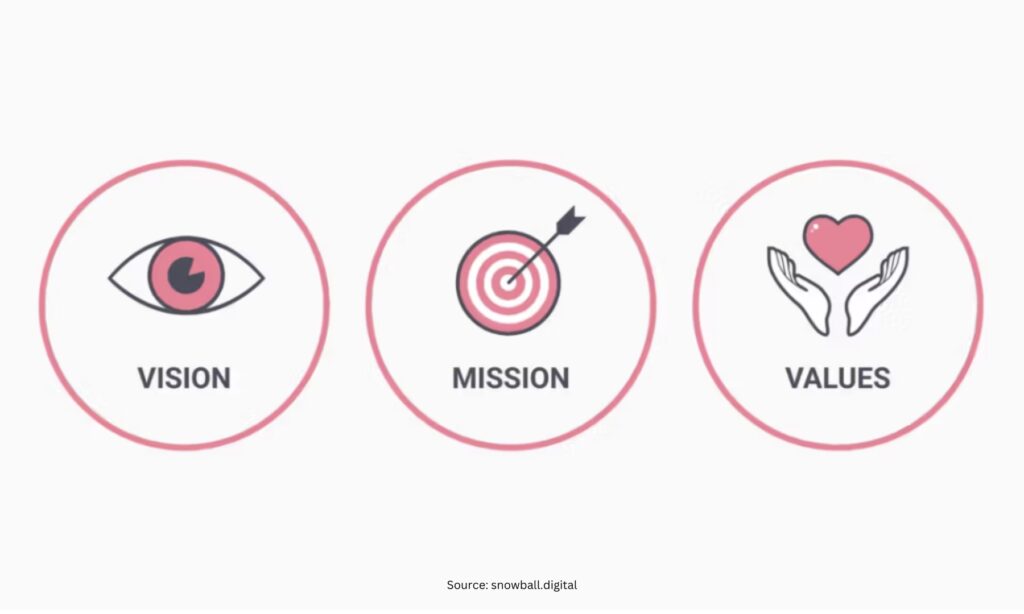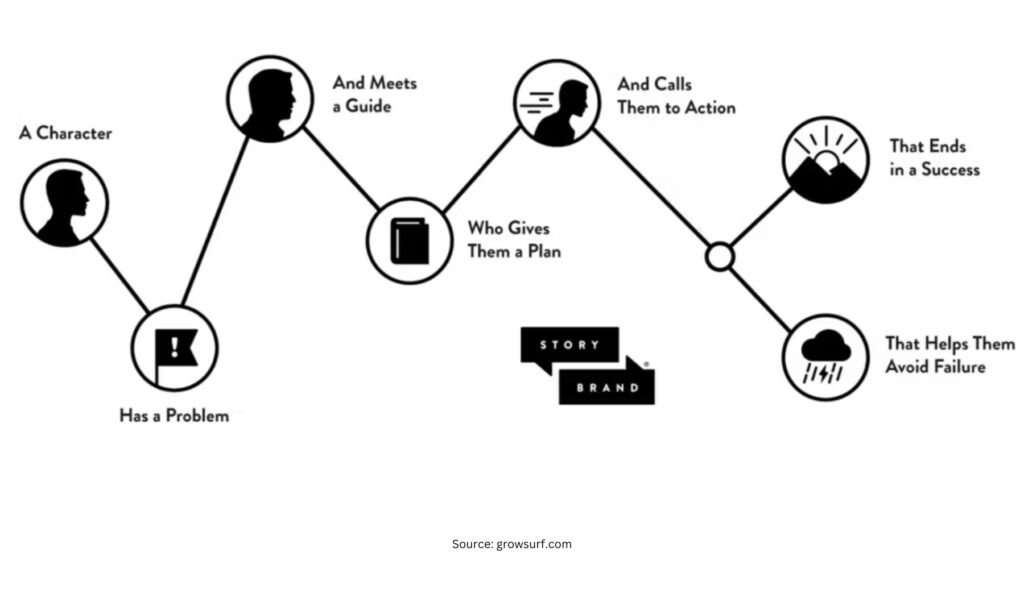In today’s dynamic and competitive startup landscape, establishing a successful brand is no longer optional—it’s a necessity. Branding transcends mere logos or visual elements; it’s about crafting a compelling narrative that resonates with customers, investors, and stakeholders alike. A well-defined brand not only differentiates a startup in a crowded market but also plays a pivotal role in shaping investor psychology and decision-making. This article delves into the foundational elements of startup branding, its impact on fundraising, and real-world case studies that illustrate the transformative power of effective branding.
The Foundation: Building a Strong Brand Identity
For startup founders, creating a strong brand identity is the cornerstone of long-term success. A brand is more than a logo or color palette—it’s the embodiment of a company’s mission, values, and promise to its audience. A robust brand identity fosters recognition, trust, and loyalty, which are critical for survival in a competitive environment. Below are key strategies to build a solid brand foundation:
1. Vision and Mission Alignment
A startup’s brand must reflect its long-term goals, purpose, and impact. Vision and mission statements serve as guiding principles, shaping the company’s actions and helping audiences connect with its core values. For instance, Tesla’s mission to “accelerate the world’s transition to sustainable energy” has become synonymous with its brand, attracting both customers and investors who share this vision.

2. Value Proposition Clarity
A clear value proposition is essential for standing out in the market. Startups must articulate what sets them apart from competitors and how they deliver unique value to customers. For example, Slack’s value proposition—“Be more productive at work with less effort”—immediately communicates its benefit, making it a standout in the crowded productivity software space.
3. Brand Personality and Voice
A brand’s personality—whether friendly, innovative, professional, or bold—creates an emotional connection with the audience. This personality should be consistently reflected across all touchpoints, from social media to customer service. Mailchimp’s playful and approachable tone, for instance, has helped it build a loyal user base.
4. Visual Identity System
A cohesive visual identity, including logos, color schemes, and typography, ensures that a brand is easily recognizable. Airbnb’s rebranding in 2014, which introduced the “Bélo” symbol, exemplifies how a strong visual identity can enhance brand recall and emotional connection.
5. Brand Story and Narrative
A compelling brand story humanizes a startup, making it relatable and memorable. Sharing the inspiration behind the business, the challenges overcome, and the aspirations for the future can inspire loyalty and trust. TOMS Shoes, for example, built its brand around the story of giving back—donating a pair of shoes for every pair sold.

The Investment Value of Professional Branding
Many startups mistakenly view branding as an expense rather than an investment. However, professional branding is a strategic asset that yields significant returns. It builds trust and credibility, which are crucial for attracting customers and investors in the early stages. Moreover, a strong brand fosters employee morale and pride, enabling smoother scaling into new markets.
The initial cost of professional branding may seem high, but the long-term benefits—increased customer retention, higher sales, and enhanced market positioning—far outweigh the investment. For instance, companies like Apple and Nike have leveraged their brands to command premium pricing and customer loyalty, demonstrating the tangible value of branding.
Direct Impact on Fundraising: How Branding Shapes Investor Decisions
Investors are not just funding a product or service—they’re investing in a brand. A startup’s branding and presentation play a critical role in shaping investor perceptions and decisions during funding rounds.
1. First Impressions Matter
A polished and professional presentation, from the pitch deck to the website, signals business maturity and organizational competence. Investors are more likely to trust and fund startups that demonstrate attention to detail and a commitment to excellence.

2. The Power of Visual Identity
A strong visual identity projects success and professionalism, instilling confidence in investors. For example, the sleek and minimalist design of Robinhood’s branding reflects its mission to democratize finance, appealing to both users and investors.
3. Aligning Brand Story with Business Goals
A compelling brand story that aligns with market objectives reassures investors that the startup has a clear strategy and vision. When investors resonate with a brand’s narrative, they are more likely to feel confident about its potential for growth.
Case Studies: Lessons from Successful Brand Transformations
1. Glossier: Building a Community-Driven Brand

Glossier, a direct-to-consumer beauty brand, revolutionized the cosmetics industry by prioritizing customer-centric branding. Founded by Emily Weiss in 2014, Glossier’s success lies in its ability to build a community around its products. The brand leveraged social media platforms like Instagram to engage directly with its audience, turning customers into brand advocates.
Glossier’s branding emphasizes simplicity, inclusivity, and authenticity. Its minimalist packaging and relatable messaging resonate with millennials and Gen Z consumers. By listening to its community and incorporating customer feedback into product development, Glossier created a loyal fanbase that feels personally invested in the brand’s success. This approach not only drove rapid growth but also attracted significant investment, including a $52 million Series C funding round in 2018.
Key Takeaway: Glossier demonstrates how a community-driven brand can foster deep emotional connections, turning customers into loyal advocates and attracting investor interest.
2. Peloton: Redefining Fitness Through Storytelling

Peloton, the fitness technology company, transformed the at-home workout experience by combining cutting-edge hardware with compelling storytelling. Founded in 2012, Peloton’s branding revolves around empowerment, motivation, and community. Its high-energy instructors and immersive classes create a sense of belonging, making users feel like they’re part of an exclusive club.
Peloton’s branding extends beyond its products to its marketing campaigns, which often feature real-life success stories of users achieving their fitness goals. This narrative-driven approach has helped Peloton build a passionate community and differentiate itself in a competitive market. Despite initial skepticism, Peloton’s strong brand identity and consistent messaging have fueled its growth, culminating in a successful IPO in 2019.
Key Takeaway: Peloton’s success highlights the power of storytelling in creating an emotional connection with customers and building a brand that stands out in a crowded industry.
3. Beyond Meat: Disrupting the Food Industry with Purpose-Driven Branding

Beyond Meat, a pioneer in plant-based meat alternatives, has built its brand around sustainability, health, and innovation. Founded in 2009, the company’s mission to address environmental and health concerns through its products has resonated with consumers and investors alike. Beyond Meat’s branding emphasizes its commitment to reducing the environmental impact of food production, appealing to eco-conscious consumers.
The company’s strategic partnerships with major fast-food chains like McDonald’s and KFC have further solidified its position as a market leader. Beyond Meat’s IPO in 2019 was one of the most successful of the year, with its stock price soaring by 163% on the first day of trading. This success can be attributed to its strong brand identity, which aligns with the growing demand for sustainable and ethical food options.
Key Takeaway: Beyond Meat’s purpose-driven branding showcases how aligning a brand with societal values can attract both customers and investors, driving long-term success.
Conclusion: The Power of Strategic Branding
These case studies illustrate the transformative impact of strategic branding on startup success. Whether through community-building (Glossier), storytelling (Peloton), purpose-driven messaging (Beyond Meat), human-centric design (Slack), or sustainability (Allbirds), each of these brands has carved out a unique identity that resonates with its audience and attracts investor interest.
For startups, the lesson is clear: branding is not just about aesthetics—it’s about creating a meaningful connection with your audience and aligning your values with market demands. By prioritizing authentic and strategic branding, startups can differentiate themselves, build trust, and secure the funding needed to achieve long-term growth.